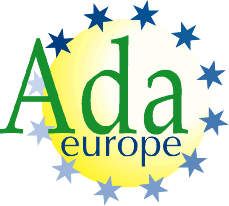File not found
The page you have requested on this web server no longer exists, has been moved to a new location, or is temporarily unavailable.
The link contained within an external website may be incorrect or out of date.
Please check that you have entered the correct URL into your browser.
Options:
- Return to Ada-Europe home page and try to find the information you are looking for through the web menus.
- If you think your link is correct, please contact webmaster@ada-europe.org.
- Back to previous page.
We apologize for any inconvenience this may cause. We're constanly striving to improve our service.
Thank you for your co-operation.
